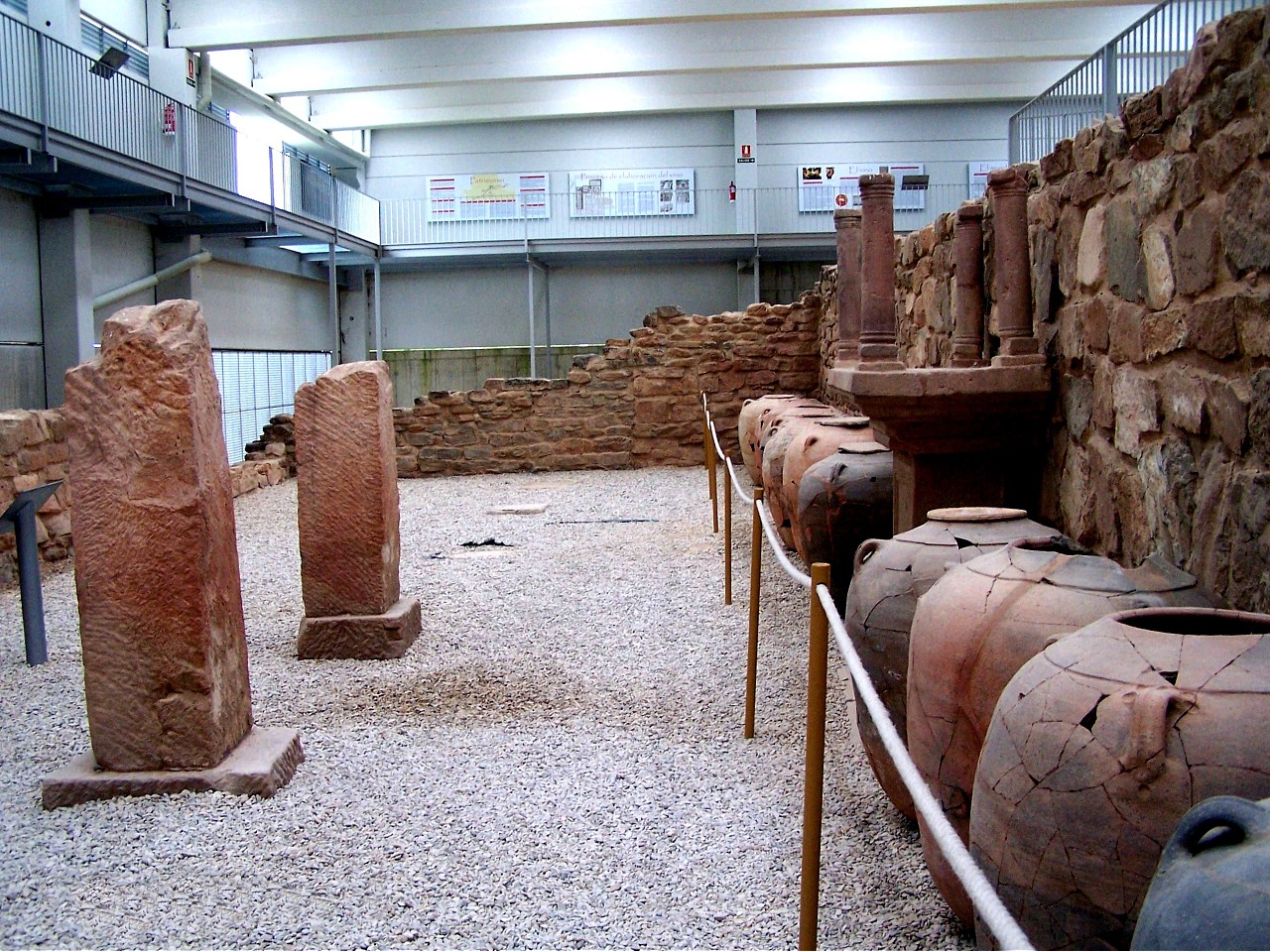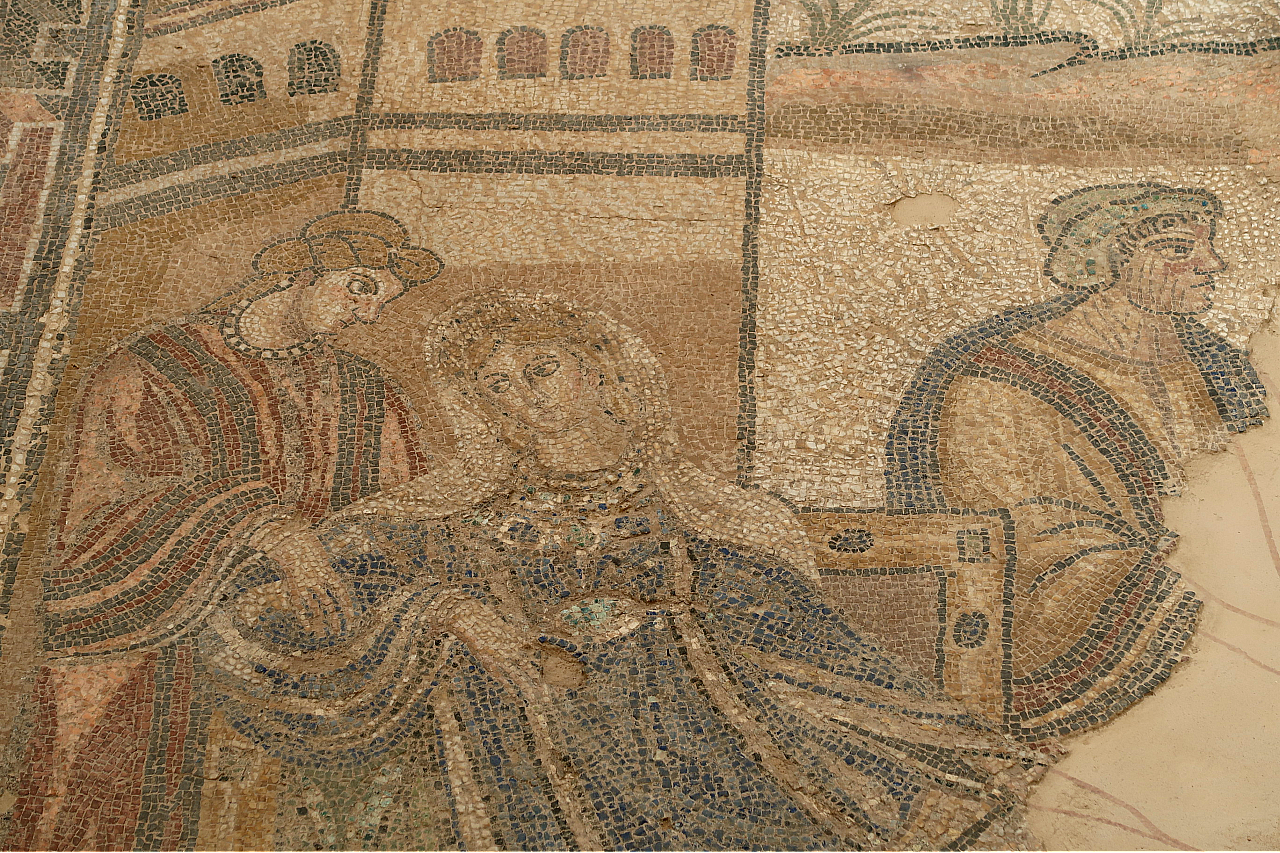
This Roman archaeological site is located 9 kilometers away from Arellano, the town to which it belongs, and a few kilometers from Estella, a municipality through which the French Camino de Santiago runs.
The town was built away from inhabited areas and surrounded by the characteristic countryside of the Middle Zone of Navarra: an unbeatable natural environment for the cultivation of vines, cereals and olive trees. Its location at the top of a hill, popularly called "Alto de La Cárcel", allows us to contemplate the same rural landscape that its inhabitants enjoyed two thousand years ago.
The Villa Romana de las Musas is an archaeological site of a Roman villa built between the 1st and 5th centuries AD. It must have been an important enclave at the time, since its name, "Aurelianum", gave rise to the municipality of Arellano. Without a doubt, it is one of the best kept secrets of the Navarrese Roman heritage.

As advised in the Roman agricultural treaties, the villa was located in the center of the farm and on a small hill, in order to easily control all the crops. The house, in addition to being the place where its inhabitants lived (free men and slaves who worked for the owner of the land, the dominus), served as a warehouse to store tools, a barn to store crops, a stable for animals and Most importantly, much of it was devoted to winemaking.
The existence of these farms was very important at that time. In addition to giving food and drink to its inhabitants, they supplied the nearby cities when their leaders went to the weekly markets to sell their products.

The place is known as "Villa de las Musas" due to the discovery of the spectacular Roman mosaic of "las Musas" that you can see in the site museum. This work of art, along with other preserved mosaics, is in the National Archaeological Museum, but it is possible to admire a detailed reproduction of the nine goddesses and their masters in their original location.
Inside the villa you can visit the "fumarium", a room where the wine was artificially aged through heat and smoke. Another particularly interesting place is the "Cella Vinaria" or winery, which has managed to preserve practically intact all its production elements.
In addition, among the most curious finds is a ceramic wine taster, an icon of the museum, don't miss it!
⭐The Roman Villa of the Muses is one of the points of interest within the main hiking and cycling routes
✔️Guided tours
✔️Tickets on line and groups booking
✔️Free parking for cars and bicycles


